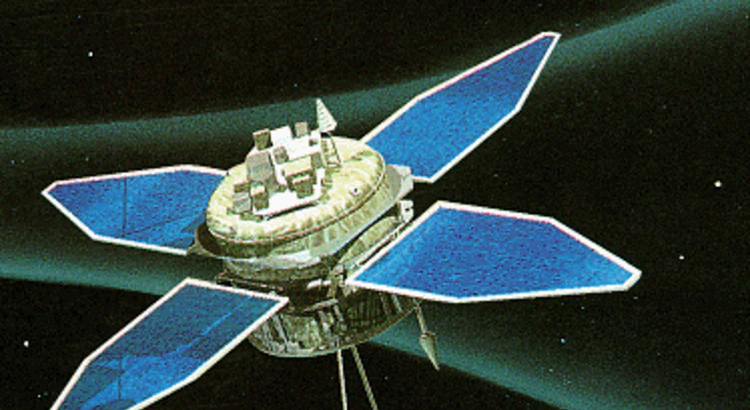 IKI
IKIInterball-1 and 2
Interball 1 and 2 were Russian satellites launched in the mid 1990s to study different plasma processes in the Earth’s magnetosphere. Both satellites were equipped with a sub-satellite. The main satellites studied the impact of the solar wind on the geomagnetic tail of the Earth as well as various auroral processes.
Interball 1 was launched in August 1995 with a focus on studies of the solar wind, the geomagnetic tail of the Earth and the outer magnetosphere. Interball 2 was launched in August 1996 for studies of the Earth’s inner magnetosphere and auroral zones.
IRF in Kiruna participated in two identical instruments, Promics-3, placed on the two main satellites. Promics-3 performed three-dimensional measurements of the distribution of ions and electrons.
Thanks to the satellites’ identical instruments, it was possible to make direct comparisons of how the particles were distributed. Ingrid Sandahl, (deceased 2011) was responsible for IRF’s contribution.
The Interball project included efforts from a major international community in Russia together with Austria, Bulgaria, Canada, the Czech Republic, the European Space Agency, Finland, France, Germany, Hungary, Italy, Kyrgyzstan, Poland, Romania, Slovakia, Sweden, Great Britain and Ukraine.
Launch
- Interball 1: 3 August 1995 from Plesetsk, Russia.
- Interball 2: 29 August 1996 from Plesetsk, Russia.